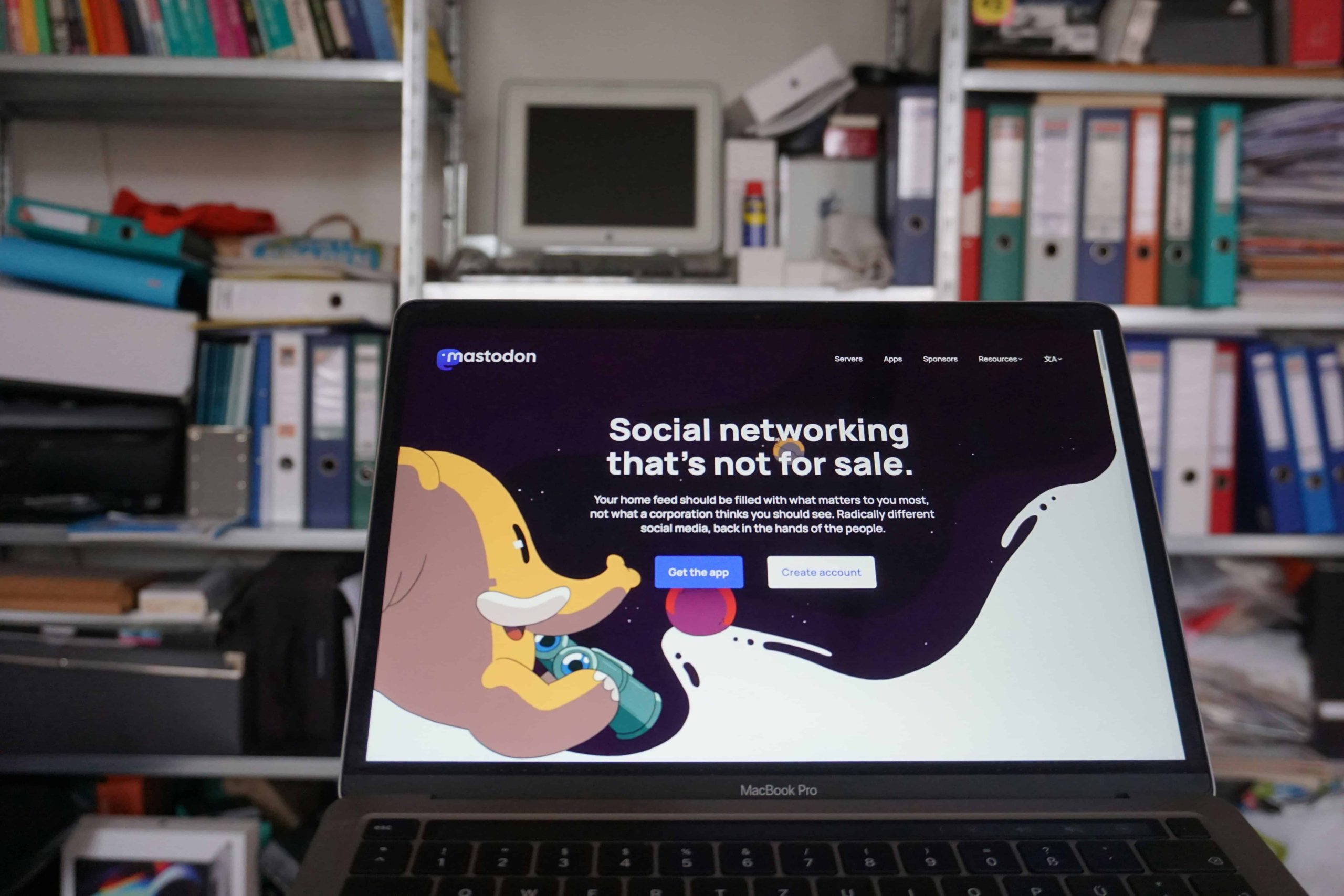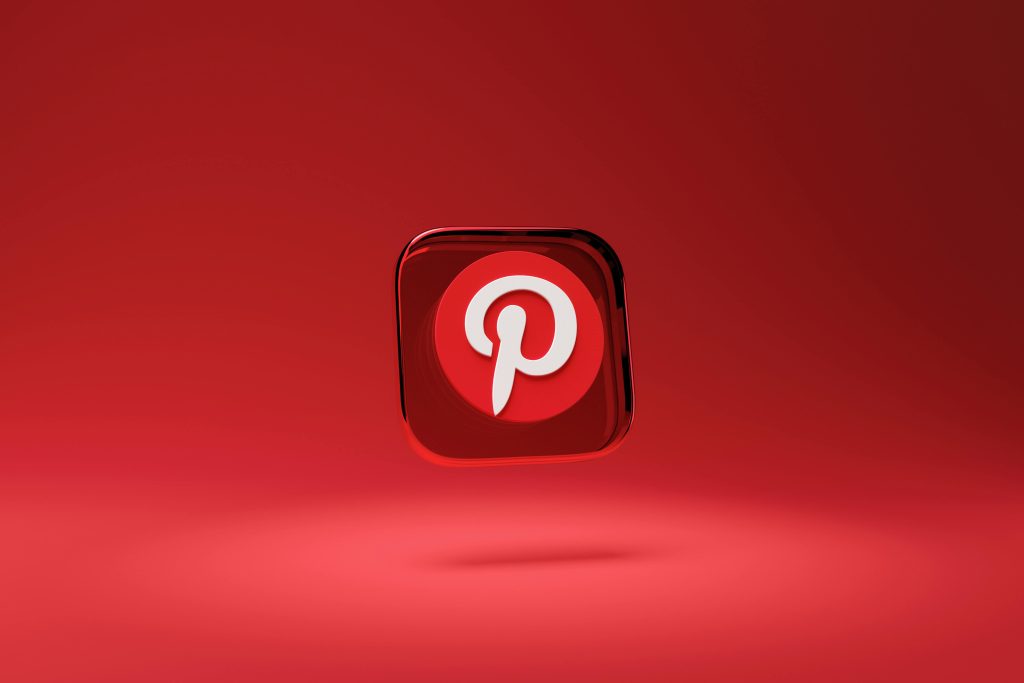
17 Nov The Best Publishing and Social Media Platforms for Authors
INTRODUCTION
In the modern publishing world, maintaining a strong online presence is essential for every author. Readers today discover books primarily through digital channels—such as search engines, social media, and author websites—making online visibility a key component of an author’s success. Having a digital footprint not only promotes your works but also helps establish your identity as a professional writer and storyteller.
This article explores two major areas that every author should master: the best publishing and distribution platforms and the most effective social media strategies for literary promotion. The goal is to help authors build visibility, engage readers more meaningfully, and develop sustainable methods to market their works effectively.
By the end of this article, you’ll have a clearer understanding of which platforms to prioritize and how to integrate them with smart social media tactics to build a successful author brand.
Best Platforms for Authors
Choosing the right digital tools can make a significant difference in your publishing journey. The following platforms help authors with publishing, distribution, brand management, and reader engagement.
Publishing & Distribution Platforms
Amazon KDP (Kindle Direct Publishing) Amazon KDP enables authors to self-publish eBooks and paperbacks with no upfront costs. Its global distribution network allows your books to reach readers across multiple countries. KDP provides flexible royalty options (up to 70%) and tools for managing pre-orders, pricing, and sales analytics. Authors retain full rights and creative control over their work, making KDP a leading choice for independent writers.
Draft2Digital & Smashwords These aggregator services distribute books to major retailers such as Apple Books, Kobo, and Barnes & Noble. They simplify the process with automated formatting tools, universal book links, and wide-reaching distribution—all from a single dashboard. For authors who want to expand beyond Amazon, these platforms offer excellent alternatives.
IngramSpark IngramSpark specializes in professional print distribution, making your titles available to bookstores and libraries worldwide. It offers high-quality printing options and global wholesale connections. This platform is ideal for authors seeking both print and digital visibility on a professional scale.
Author-Centric Community Platforms
Goodreads Goodreads serves as a social platform for book lovers, where authors can create profiles, host giveaways, and engage with readers directly. Through reader reviews, Q&A sessions, and book clubs, authors can nurture an organic following and gather feedback on their works.
Wattpad Wattpad is a powerful tool for serialized storytelling and reaching younger audiences. It allows authors to share chapters in real-time, receive feedback, and grow a loyal fanbase. Successful writers on Wattpad often attract publishing opportunities through its partnerships with major publishers and media companies.
Substack & Medium Both Substack and Medium are excellent for content-driven authors. They allow writers to publish essays, newsletters, or serialized works while building a direct relationship with readers. Substack offers paid subscriptions, while Medium helps increase reach through community engagement and topic-based readership.
Author Website & E-commerce Tools
Website Builders (WordPress, Squarespace) An author’s website acts as a professional hub—featuring your biography, book portfolio, blog, and contact information. Platforms like WordPress and Squarespace allow for easy customization, mobile responsiveness, and integration with tools such as Mailchimp for newsletter management. Maintaining an updated website enhances your credibility and helps readers stay informed about your latest projects.
E-commerce Integration (Shopify, Gumroad) For authors who want to sell directly to readers, Shopify and Gumroad offer secure online stores for digital or physical products. You can sell signed copies, merchandise, or eBook bundles while managing promotions and pre-orders. Direct sales allow for higher profit margins and stronger connections with your audience.
Utilizing Social Media Platforms to Promote Literary Works
Social media remains one of the most effective tools for reaching a wide readership. Each platform offers unique advantages for authors who want to expand their visibility and build authentic engagement.
Core Social Media Platforms & Author-Specific Strategies
Facebook Facebook is a powerful platform for building reader communities. Authors can create pages to share updates, join book-related groups, and host live events such as virtual launches or readings. Targeted ads can also be used to promote new releases or grow your mailing list.
Instagram Instagram’s visual focus makes it ideal for showcasing book covers, writing spaces, and behind-the-scenes glimpses. The Bookstagram community is highly active, offering authors opportunities to collaborate with influencers and readers who specialize in literary content. Using relevant hashtags and engaging visuals helps boost discoverability.
X (formerly Twitter) X is ideal for real-time engagement and networking with other writers. Authors can participate in writing challenges, share short updates, and connect through hashtags like #WritingCommunity. It’s also a great platform for announcing book launches or participating in online pitch events.
TikTok TikTok has become a major discovery tool for books through #BookTok, where readers and authors create short videos featuring book recommendations, reviews, and creative storytelling. Leveraging current trends, sounds, and challenges can significantly enhance reach, especially among younger audiences.
LinkedIn LinkedIn is especially effective for non-fiction authors who want to establish thought leadership in their niche. It allows for article publishing, professional networking, and collaboration with industry experts or organizations. Authors can also use LinkedIn to promote workshops or speaking engagements.
Cross-Platform Content Strategies
Content Pillars for Authors Successful author marketing involves a consistent balance of content types. These may include:
- Behind-the-scenes content: Insights into your writing process or inspiration.
- Value-driven posts: Writing advice, industry insights, or reading recommendations.
- Promotional content: Announcements, cover reveals, and release countdowns.
Consistency & Scheduling Consistency helps maintain audience interest. Tools like Buffer and Hootsuite make it easier to schedule posts and maintain a cohesive presence across platforms. The “80/20 rule” is often recommended—where 80% of content entertains or informs, and only 20% directly promotes your book.
Engagement & Community Building
Reader Interaction Engaging readers through discussions, polls, or virtual events can strengthen loyalty. Hosting live readings, AMAs (Ask Me Anything), or sharing fan art can build a deeper sense of community. Personalized engagement helps readers feel connected to both the author and the work.
Collaborations Partnering with fellow authors, bloggers, or book reviewers can expand your reach. Joint giveaways, guest posts, and podcast interviews introduce your work to new audiences while fostering industry connections.
Paid Promotion & Analytics
Targeted Advertising Paid ads are effective for book launches or lead generation. Facebook Ads, Instagram Promotions, and TikTok Ads offer audience segmentation based on interests and reading preferences. Authors should focus on clear objectives, such as pre-orders or newsletter sign-ups, to maximize results.
Performance Tracking Analyzing engagement metrics—such as click-through rates, impressions, and conversions—helps refine your strategy. Data insights ensure that marketing efforts remain cost-effective and aligned with audience preferences.
CONCLUSION
In today’s digital publishing landscape, success relies on synergy—the integration of publishing platforms and social media. Using tools like Amazon KDP, Draft2Digital, and IngramSpark helps authors manage distribution and publication efficiently. Combining these with active social media engagement and community building ensures long-term visibility and brand growth.
Authors who stay adaptable—embracing new trends, analyzing results, and evolving with technology—will continue to thrive. Ultimately, authenticity and consistent effort are what transform followers into devoted readers and one-time buyers into lifelong fans.
KEY TAKEAWAYS
- Digital Presence Is Essential for Modern Authors Building a strong online footprint helps authors reach readers globally, enhance discoverability, and establish professional credibility. A well-maintained digital presence integrates both publishing and social media strategies for long-term success.
- Choose the Right Publishing and Distribution Platforms Platforms like Amazon KDP, Draft2Digital, and IngramSpark empower authors to self-publish with full control and global reach. For community engagement, sites such as Goodreads, Wattpad, Substack, and Medium help writers connect directly with readers and grow their following.
- Establish a Professional Author Website A personal website acts as the central hub for an author’s online brand. Using WordPress or Squarespace with e-commerce tools like Shopify or Gumroad allows for direct sales, mailing list integration, and content promotion—all of which boost professional credibility.
- Leverage Social Media for Authentic Engagement Each social platform offers unique benefits: Facebook for communities, Instagram for visual storytelling, X (Twitter) for networking, TikTok for viral reach, and LinkedIn for professional authority. Tailoring content to each platform helps increase visibility and reader connection.
- Consistency and Value Drive Content Success Maintaining a posting schedule and following the “80/20 rule” (80% value-driven, 20% promotional content) keeps audiences engaged without overwhelming them with sales posts. Behind-the-scenes insights, writing tips, and updates help sustain interest over time.
- Engagement Builds Reader Loyalty Direct interaction through Q&As, virtual readings, or fan engagement initiatives nurtures community and reader trust. Collaborations with authors, bloggers, or book reviewers also broaden exposure and strengthen professional networks.
- Paid Promotions and Analytics Enhance Reach Strategic ad campaigns on Facebook, Instagram, or TikTok can amplify book launches and lead generation. Tracking engagement metrics ensures marketing efforts remain targeted, effective, and aligned with audience interests.
Frequently Asked Questions
What are the best publishing platforms for independent authors in 2025?
Independent authors can benefit most from using Amazon KDP for global reach, Draft2Digital or Smashwords for wide distribution, and IngramSpark for bookstore access. Each platform offers unique advantages in royalties, marketing tools, and print or digital flexibility, depending on your publishing goals.
How can authors use social media to promote their books effectively?
Authors can leverage platforms like Facebook for communities, Instagram for visuals, TikTok for viral reach, and LinkedIn for professional networking. By sharing engaging content, joining relevant reader groups, and maintaining consistency, authors can attract loyal readers and boost book visibility.
Why is having an author website important for brand building?
An author website serves as your professional hub, showcasing your biography, book catalog, and contact information. It also integrates newsletters and e-commerce tools, helping you control your brand, manage direct sales, and maintain a long-term digital presence independent of social media platforms.
For modern authors, creativity is only part of success—protection is the other half. By learning trademark fundamentals, you can safeguard your author name, series titles, and logos from unauthorized use. This article provides practical insights into intellectual property rights for writers at all levels.



